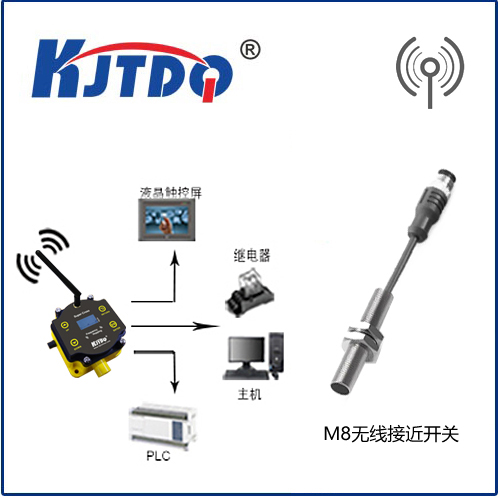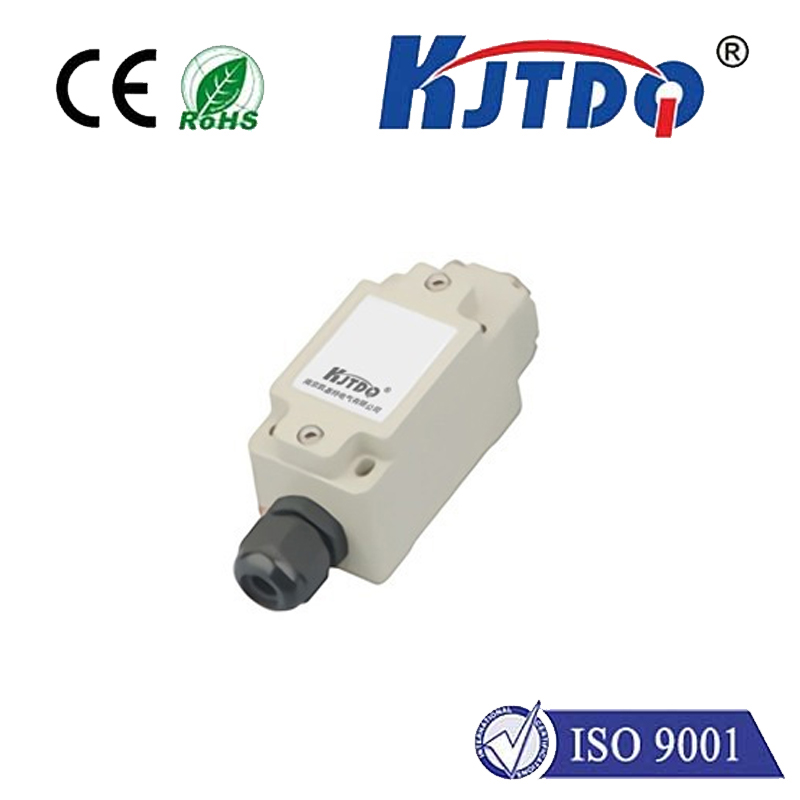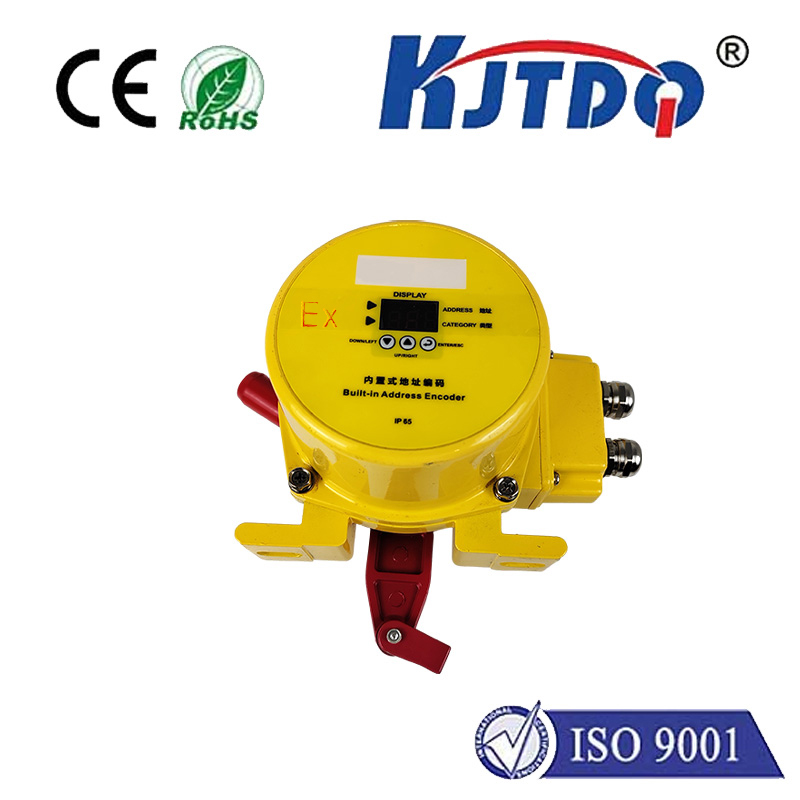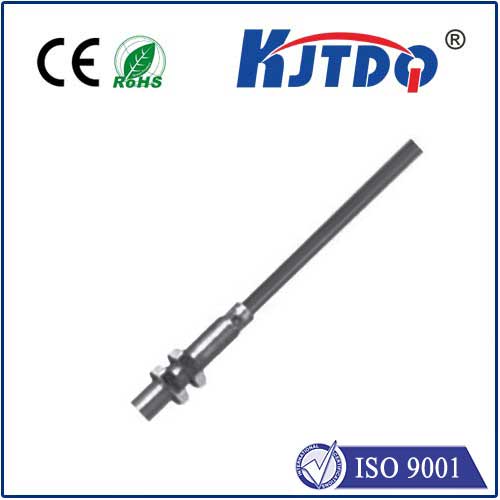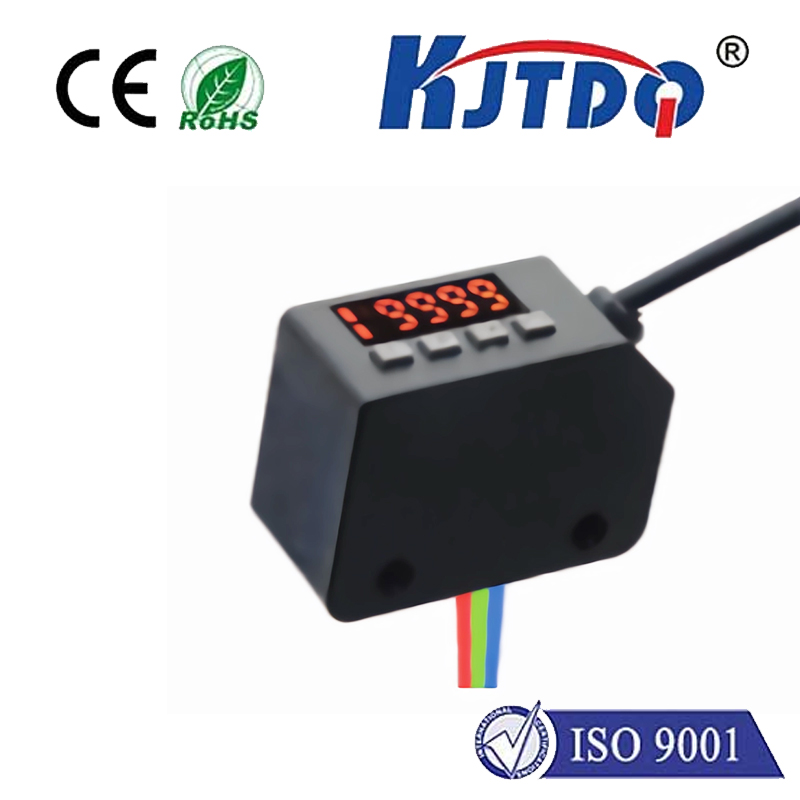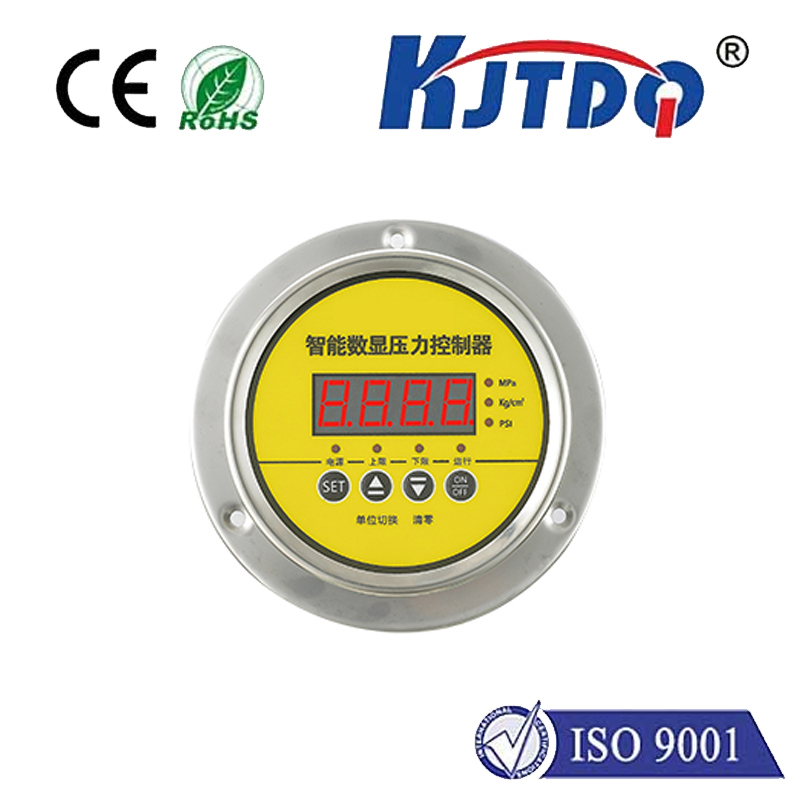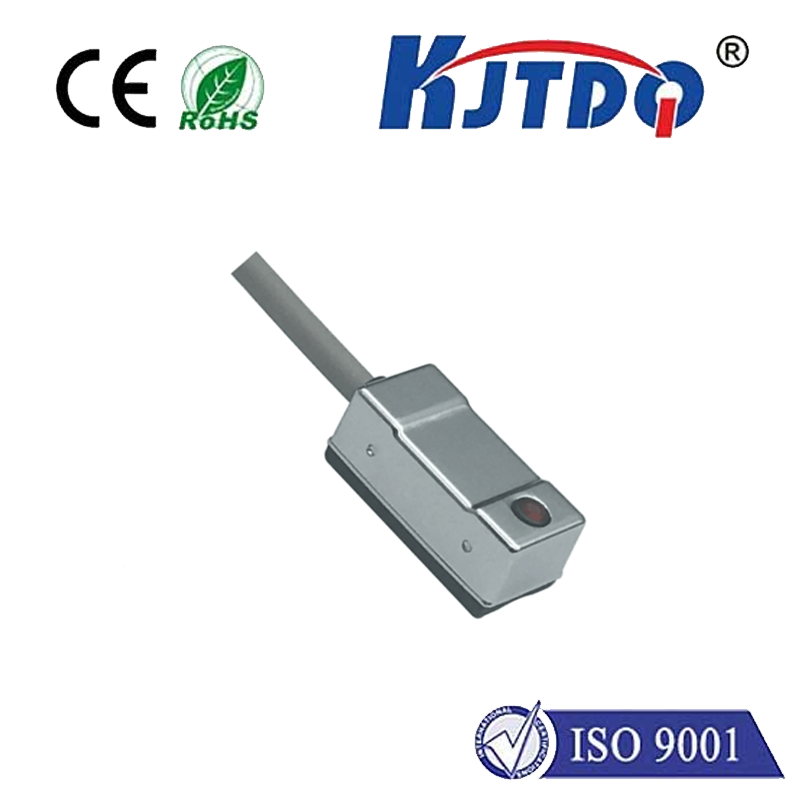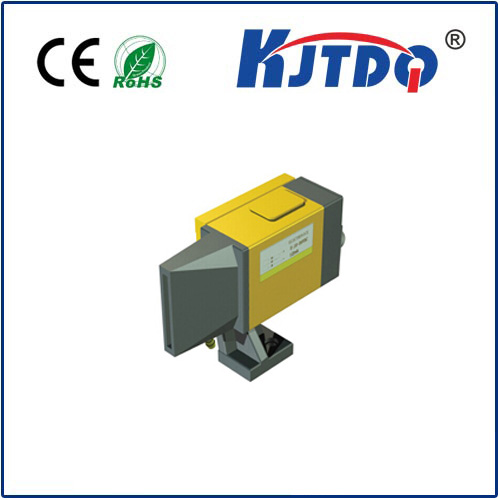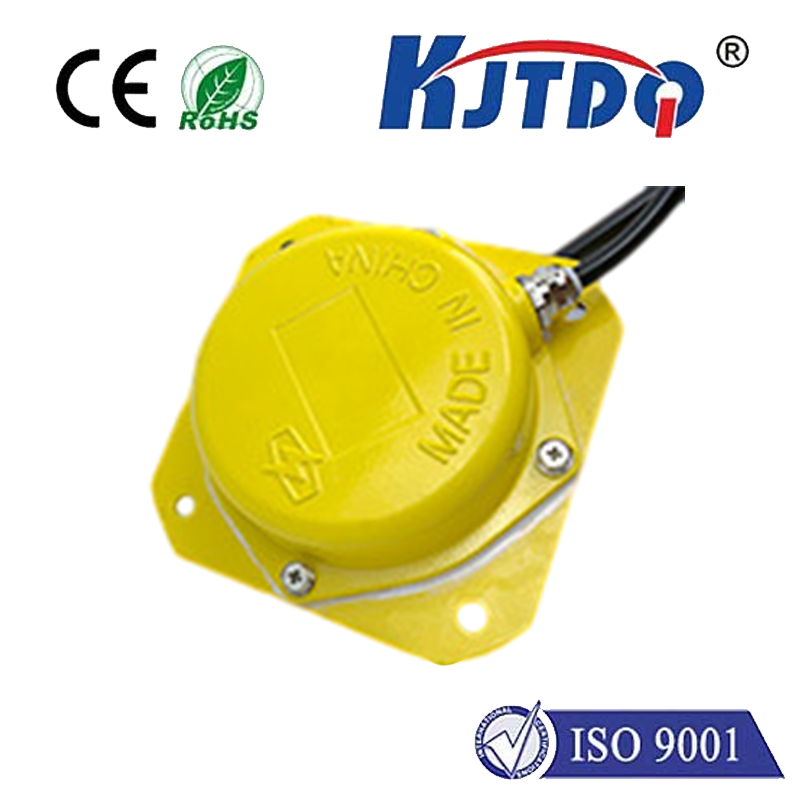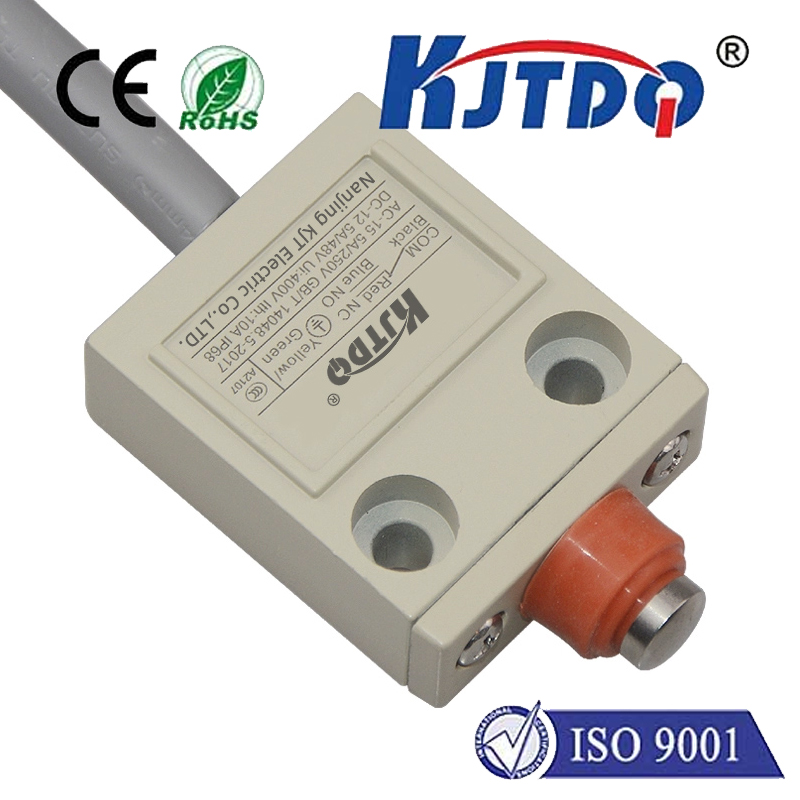
check

check

check

check
Title: Unlocking the Power of Laser Engraving: A Revolution in Printing Technology
Introduction
Laser engraving technology has been revolutionizing the printing industry, offering a faster and more precise alternative to traditional methods. This cutting-edge technology utilizes a laser beam to etch intricate designs onto a wide range of materials, from metal and plastic to wood and glass. In this article, we will explore the key features and benefits of laser encoders, how they work, and their impact on various industries.
Understanding Laser Encoders
A laser encoder is a device that converts an electrical signal into a sequence of laser pulses with precise timing. These pulses are then used to etch or mark the material, creating a permanent and accurate record of data or design. The process of laser engraving is highly controlled, allowing for fast and efficient production of high-quality prints.
Key Features of Laser Encoders

The following are some of the key features that set laser encoders apart from other printing techniques:
1. Precision: Laser engraving offers unparalleled precision, allowing for highly detailed designs that can be achieved with minimal waste. This makes it ideal for applications such as branding, product labeling, and art reproduction.
2. Speed: Laser encoders work at a much faster pace than traditional engraving methods, significantly reducing production time and improving efficiency. This makes them suitable for high-volume production runs and mass customization.
3. Range of Materials: Laser engraving can be applied to a wide range of materials including metals (steel, aluminum), plastics (PVC, acrylic), woods (pine, oak), and glass. This versatility enables laser encoders to be used in various industries such as aerospace, automotive, consumer goods, and medical devices.
Applications of Laser Engraving in Various Industries
The potential applications of laser engraving are vast and varied, catering to a diverse range of industries. Some examples include:
1. Manufacturing: Laser engraving is commonly used in the manufacturing industry to label products, mark assembly lines, and create unique designs for products and packaging. It can also be used to engrave serial numbers or codes onto components.
2. Art and Design: Laser engraving offers artists and designers the ability to create intricate and detailed designs on a variety of materials. This technique can be used to produce custom artwork, sculptures, and signage for public spaces or private residences.
3. Advertising and Marketing: Laser engraved logos, taglines, and promotional messages can be applied to products and packaging to enhance brand recognition and increase sales. This method is particularly effective for companies looking to create eye-catching visuals without compromising on quality or durability.
Conclusion
As the demand for high-quality, customized products continues to grow,激光编码技术将保持其在各个行业中的领先地位。 With its speed, precision, and versatility, it is no wonder that laser encoding is quickly becoming the go-to technology for many businesses looking to stand out in a competitive market. Whether you're an artist, designer, manufacturer, or marketer, laser encoding is sure to offer you the power to create truly remarkable works of art and engineering. So why wait? Embrace the future of printing technology today by exploring the possibilities offered by laser encoders!
